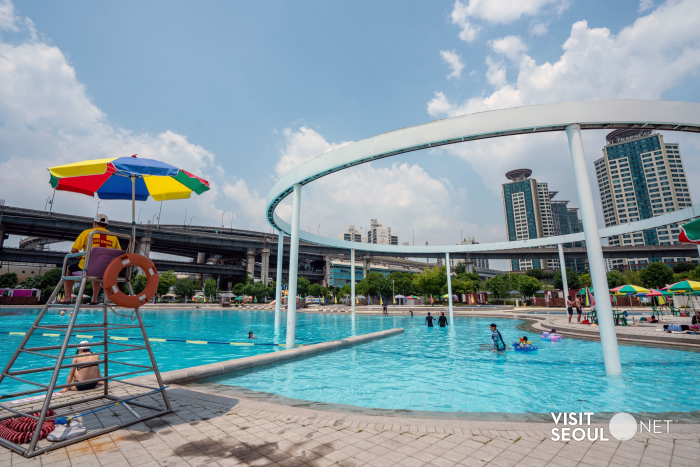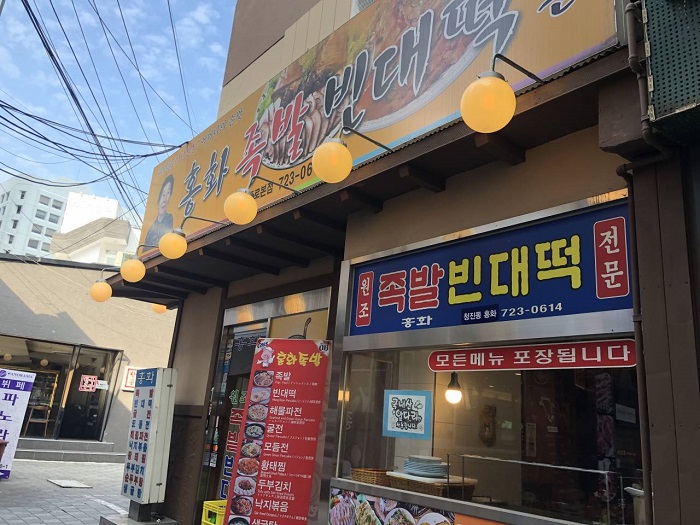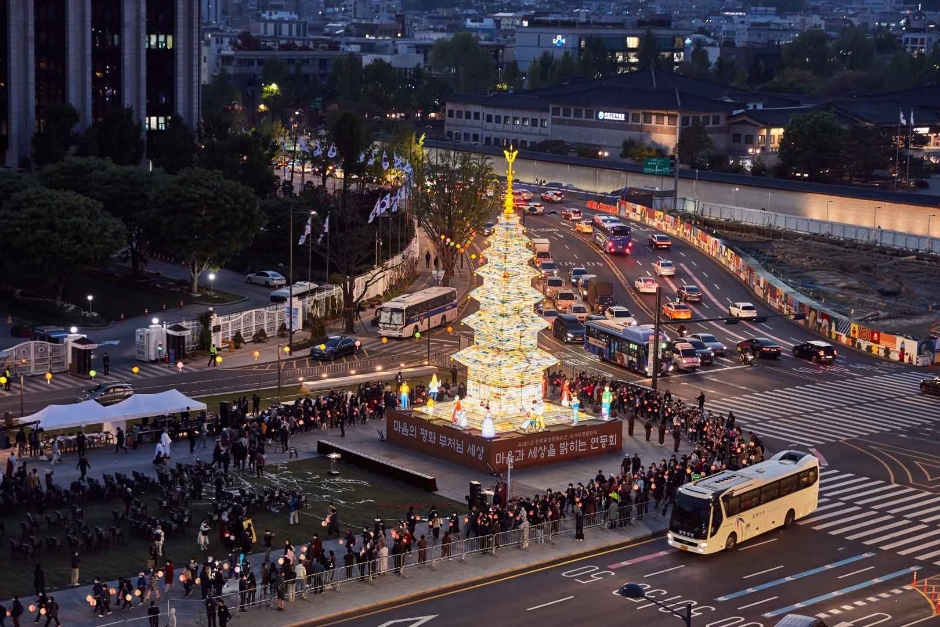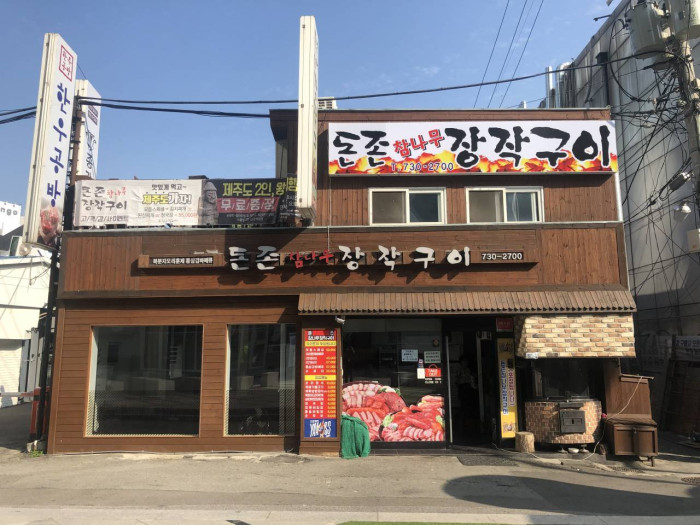Imun Seolnongtang (이문설농탕)
8.1Km 2025-05-29
38-13, Ujeongguk-ro, Jongno-gu, Seoul
Balwoo Gongyang (발우공양)
8.1Km 2025-05-29
56 Ujeongguk-ro, Jongno-gu, Seoul
Centro de Información de Estancias en Templos (템플스테이 홍보관)
8.1Km 2022-09-28
Ujeongguk-ro 56, Jongno-gu, Seúl
El centro es un complejo cultural de cinco plantas donde se encuentran la mayoría de oficinas responsables de las estancias en templos, centros de información, centros educativos, un restaurante de comida budista tradicional llamado Balwoo Gongyang, entre otros.
Piscina de Ttukseom del Parque del Río Hangang (한강시민공원 뚝섬수영장)
8.1Km 2023-10-06
Gangbyeonbuk-ro 139, Gwangjin-gu, Seúl.
La Piscina de Ttukseom es una piscina ubicada dentro del Parque Ttukseom del Río Hangang, que ofrece un descanso refrescante y diversión durante el verano.
Honghwa Jokbal Bindaetteok (홍화족발빈대떡)
8.1Km 2021-03-26
65, Jong-ro, Jongno-gu, Seoul
+82-2-723-0614
A great place for group dinners and gatherings. This restaurant's signature menu is braised pigs' feet. This Korean dishes restaurant is located in Jongno-gu, Seoul.
Parque Abierto Songhyeon (열린송현녹지광장)
8.1Km 2025-05-28
Songhyeon-dong 48-9, Jongno-gu, Seúl
Festival de los Faroles de Loto (연등회)
8.1Km 2025-03-20
Ujeongguk-ro 55, Jongno-gu, Seúl.
02-2011-1744/5/6/7
Esta celebración tradicional budista tiene unos 1.200 años de historia, desde la época del reino de Silla. En los tiempos de la dinastía Goryeo era conocido como Yeon Deung Hoe, mientras que durante la dinastía Joseon se le llamaba Gwandeungnori. Hasta el día de hoy se mantiene esta tradición que ha sido reconocida como Patrimonio Cultural Intangible de la Humanidad por la Unesco. La ciudad y los templos se iluminan con los faroles de loto y hay vistosos festejos, desfiles y actividades.
Feria Internacional de Jardines de Seúl (서울국제정원박람회)
8.1Km 2025-04-01
Yeouidebang-ro 20-gil 33, Dongjak-gu, Seúl
02-521-4626
Donjon Chamnamu Jangjakgui (돈존참나무장작구이)
8.1Km 2021-03-19
8, Jong-ro9-gil, Jongno-gu, Seoul
+82-2-730-2700
A smoked BBQ restaurant. The representative menu is grilled duck. This Korean cuisine is located near Jonggak Station, Seoul.
Jonggak Hanu (종각한우)
8.1Km 2021-03-19
8, Jong-ro 9-gil, Jongno-gu, Seoul
+82-2-733-5613
A barbecue specialty restaurant located in Jongno, Seoul. The most famous menu is assorted grilled Korean beef cuts. A restaurant that's open for group dinners.







 Español
Español
 한국어
한국어 English
English 日本語
日本語 中文(简体)
中文(简体) Deutsch
Deutsch Français
Français Русский
Русский